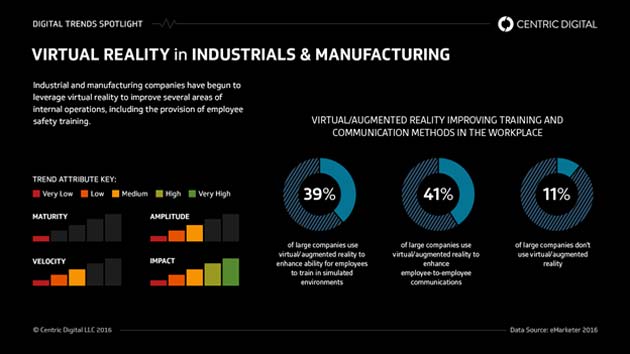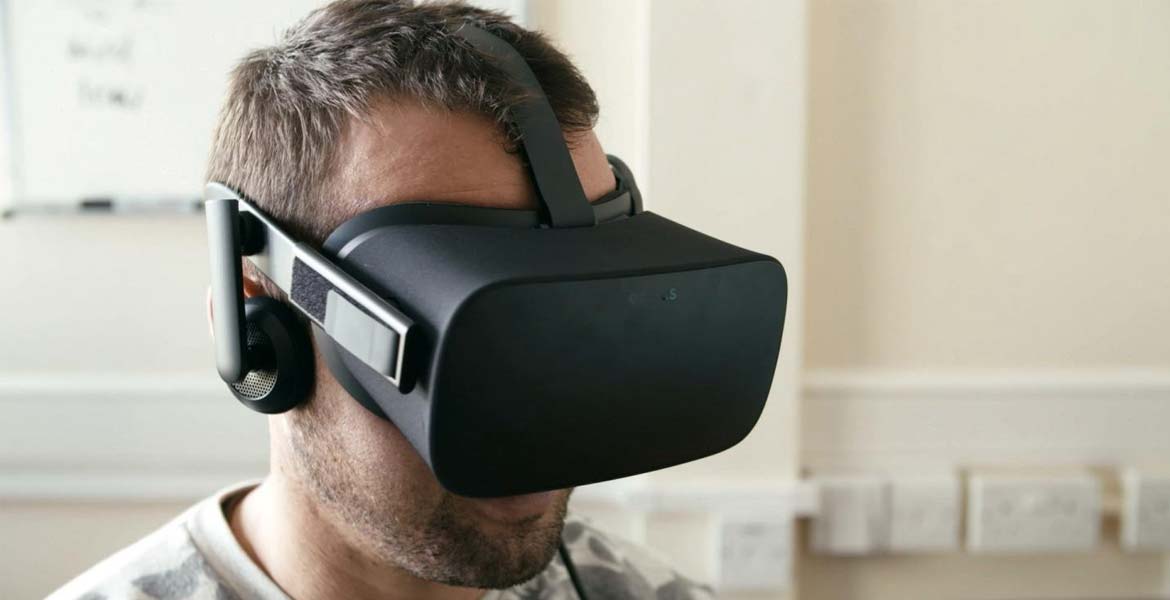Disasters in ‘safety-critical’ industries like the military, nuclear power, shipping, energy extraction and mining are a cause of concern as they can be life-changing and endanger individuals and the environment as a whole.
Dr. Sam Vine, scientist at University of Exeter, in collaboration with Cineon Productions, designed a new method of training for these dangerous workplaces, using a 360-degree virtual reality (VR) headset. This method enables workers to prevent accidents by means of exposing them to a wide range of possible errors, especially under instances of duress or pressure, and subsequently teaching them how to handle these situations. The head-mounted device, which includes eye tracking and physiological monitoring, will be used to simulate a high risk work environment.
The aim of the project as described by Dr. Vine is: “To use technology, scientific theory and measurement techniques to train people — in a safe environment — to perform more effectively, and provide feedback to trainers”. The Cineon method of ‘immersive human performance’ training included an evidence-based approach and extensive scientific research that could ultimately lead to the negation of risks of dire outcomes.
The Value of VR Technology
A study conducted in 2016 showed that 39% of big companies use simulation or augmented reality to train their employees to improve their response to emergencies or unique challenges at work. In some industries, for a comprehensive learning, it is imperative that hands-on education be imparted. In the digital age, the potential of virtual reality is huge. Especially for millennial workers in these businesses, the use of such technology could ensure a smooth transition from the virtual world to real-life, whilst also simultaneously enhancing their skills such as machine handling, maintenance, and inspection.
Early implementers of this technique were used for military training and flight simulation preparing soldiers and pilots, respectively, for certain circumstances on the battlefield. Recently, the company Invensys launched a program called Immersive Virtual Reality Plant (IVRP) that takes simulations a step ahead, by exposing workers at the chemical processing plant to dangerous crises in realistic scenarios. This technique deemed it a safe and inexpensive learning experience and consequently showed a reduced accident rate. Also, nuclear safety expert, Kate Sprake, said: “Offering this training to the nuclear industry is timely. The development and long-term running of the plant will draw heavily upon the types of skills that we are training. As well as our existing work with the nuclear industry, we want to work more closely with experts in areas such as aviation, emergency medicine, mining and construction.” Over the years, there has been so much improvement in this area that a survey estimates 90 percent of manufacturers will adopt AR/VR for various reasons in the future.

Virtual reality for workplace safety in the industrial & manufacturing industry (Centric Digital)
The co-creators of this program conducted a workshop in 2017 on virtual reality technologies and products where the concept was demonstrated, emphasizing the strengthened performance and decision making of workforces following employment of the idea, research and proof of eye tracking methods, case studies relating to the same, and so on.
With the advent of computer-generated environments and its relevant tools (VR headsets), we hope to see employees of hazardous industries enjoy a more efficient and skillful work-style setting by eliminating the possibilities of damage or injury to self, sometimes being fatal.
Top image: VR headset from Cineon Training. (cineon.training)
References:
University of Exeter (2017), http://www.exeter.ac.uk/news/featurednews/title_572565_en.html, (accessed 27 Jul 2017)
CineOn Training, http://www.cineon.training, (accessed 27 Jul 2017)
Ergurel, D. (2017), Haptic.Al, https://haptic.al/virtual-reality-risk-training-338e2ef5fa0f, (accessed 28 Jul 2017)
Feldman, A. (2016), Centric Digital, https://centricdigital.com/blog/virtual-reality/virtual-reality-for-workplace-safety-in-the-industrial-manufacturing-industry/, (accessed 28 Jul 2017)







No comment